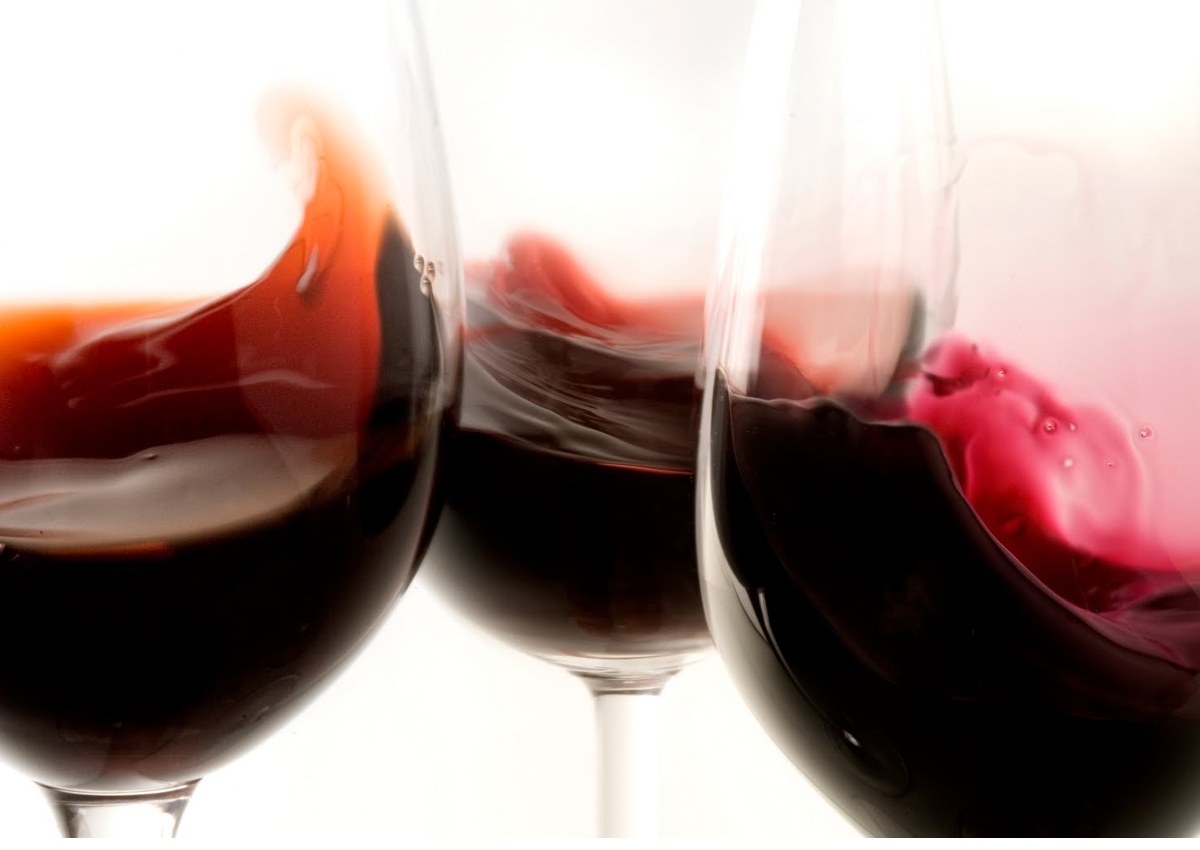
In ten years, from 2006 to 2016, the exports of Italian wines worldwide grew by 74% in value, marking a higher performance than the one of the entire manufacturing sector. This growth has been made possible by continuous quality improvements, which are increasingly appreciated abroad, and by the booming of Prosecco. The latter has revolutionized International markets the most, thanks to its booming sales (+420% in the last six years), and it’s showing no signs of waning.
Organic wine
In the first half of 2017, organic wine sales grew by 108 percent in Italy compared to the same period of 2016. This is the largest growth in terms of percentage for all organic products. The number emerges from research presented at the “Sana” fair held in Bologna, which specialises in organic food. Chicken meat comes in second, enjoying an increase of 61% in volume. Overall, in the first six months of 2017, organic product purchases rose by 10.3 percent. What are the most popular organic categories for Italians? The highest incidences of organic purchases in total can be seen for honey (12.9% of the total), eggs (12.9%), fruit (7.8%) and vegetables (5.6%).
Prices on the rise
Italian wine could cost more in international markets next year. Price increases would be the consequence of the 2017 harvest that saw a sharp drop in volumes due to the drought that struck Italy during the spring and then summer, with record temperatures. Italy risks losing 25% of its production compared to 2016. The regions with the worst estimated plunges are Tuscany, with -32.5%, Umbria with -35%, Lazio with -32.5%, Abruzzo with -30%, Apulia with -30%, Basilicata with -32%, and Sicily with -35%. There are marginal decreases also for Piedmont, Veneto, Lombardy, and Trentino. Despite this dramatic drop, Italy should remain the world’s first wine producer in 2017, ahead of Spain and France.

International trade, a good year for food
Italy aside, 2017 will be remembered as a very positive year for international food trade. Due to a consolidated economic recovery, its foreign trade will close the year with a growth of over 5% compared to 2016. This is also driven by the remarkable recovery of Russia, which grew by 40% in the first 9 months, and China that grew by 14% in October, which definitively undermines Germany from the third position of the podium of the top importing markets, as well as the confirmation of the US that registered a +8% in September.
